This year, the Ani Molnár Gallery is celebrating its 10 year anniversary.
The gallery starts the year with a group exhibition, entitled Multitasking, where such young artists are presented who are not part of the gallery’s artist roster. The exhibited artists, who are part of a younger generation, all see the medial possibilities in their artworks as an opportunity for flexibility. Typical of their generation is that they communicate on multiple channels, in their artworks and topics it is expressed through a various usage, interchange and combination of media.
Exhibited artists: Dariusz GWIZDALA, Katinka HAJAS, Dániel KARSAI, Imre NAGY, Luca Sára RÓZSA, Veronika SUSCHNIG
Opening: 1st February 2019, Friday, 6 p.m.
Opening speech: Zsófia Somogyi-Rohonczy, art historian
Curatorial work: Ani Molnár Gallery
On view until:30th March 2019,from Tuesday to Friday, 12 p.m. to 6 p.m., on Saturday 11 a.m. to 5 p.m.
Dáriusz Gwizdala’s drawings function as visual diaries. The works, which are based on images bear unbalanced, bizarre and unusually proportioned compositions. His choice of tools contains consciously picked low-quality drawing materials, which are to communicate the ironic tone of his works. Such as the dried-out markers, make-up palettes and shiny hobby paints. In creating his series, he aims to work with more and more eclectic equipment.

Katinka Hajas’ video, entitled 3 is her first moving image work, where her goal was to construct an abstract ’psychological space’, similar in her previous land-art projects. In the ten-minute-long video the movements, the materials and the space reveal a series of events. During the creation, the artist used an intuitive approach instead of a building a rigorous, logic-based system. From these images she shapes that inner set of rules, which are essential to form free and distinct associations.

The compositions of Dániel Karsai’s paintings do not picture real stories, instead they construct a never before seen system of images. The painted situations, space-based formations and figures find their final place during the process of the picture’s becoming. In his works the visual and the verbal world opens different layers of meaning, while reacting to one and other. His paintings communicate an assortment of dramatic situations, sometimes emblematic positions, where the used visual elements act simultaneously according to their placement.

Imre Nagy’s installations translate language with the analogy of art. He builds his installations out of everyday objects, this way his works become equal with the variations and structures of phrases. Originating from the fragmentation of the text’s, image’s and object’s relation, the changes of the momentary perspective create the opportunity for the form to establish itself. His projections of unusual positions are born of the language’s turning wheel, they can be interpreted as poems, which in the space become the lyrical manifestations of thought. Within the temporariness of his choice of materials lays his works’ strength and aura.

Luca Sára Rózsa’s latest works have taken inspiration from 15th– 17thcentury iconography, as well as the domain of representative portraiture. The figures depicted in the paintings are stiff as if they were frozen until the end of times. Some of them sit on thrones, others wear crowns, they all look out at the audience to witness the frailty of the human kind. The artist visually examines different principles, ideologies, beliefs and the positions of power, meanwhile call into question the absurdity of human existence.

Veronika Suschnig‘s works conceptually connect painting, graphics and sculpture. With apparent playfulness, the artist alternates between genres and techniques, the material she uses is always taken up, questioned and adapted in its social significance.She deals with the structures of human and material nature, which is addressed through her artistic elements as well as socio-political issues. Space is a central component of her work, since it is a key in understanding her works. As a result, she creates objects, which examine the relation between people, space and the society.


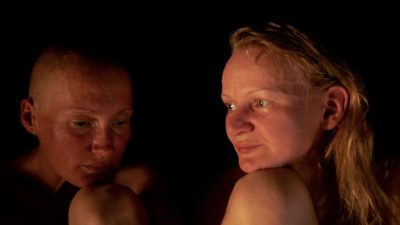
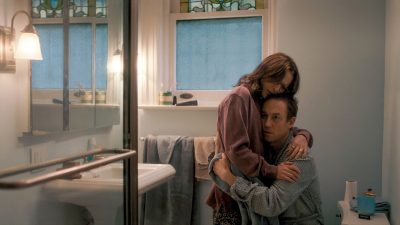
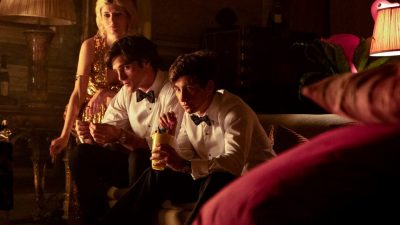
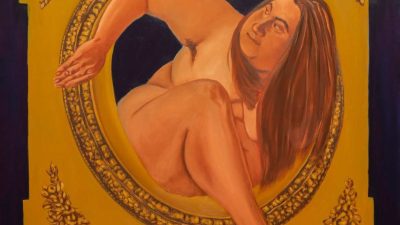
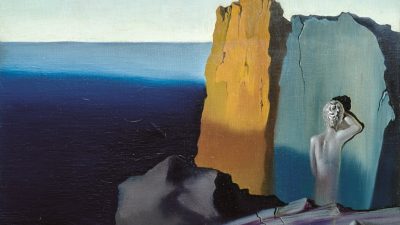
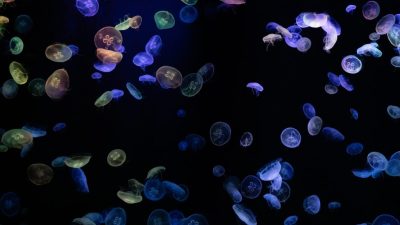


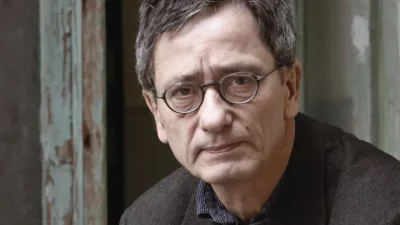



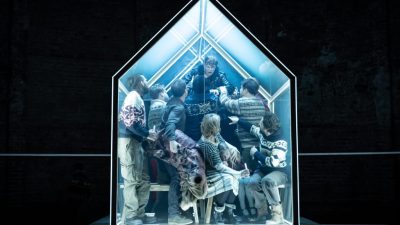






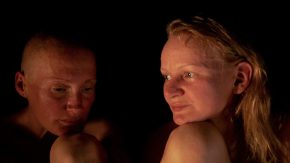
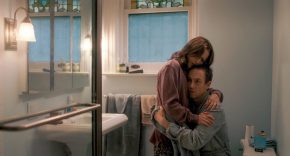

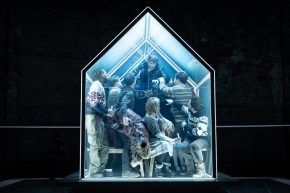


Comments